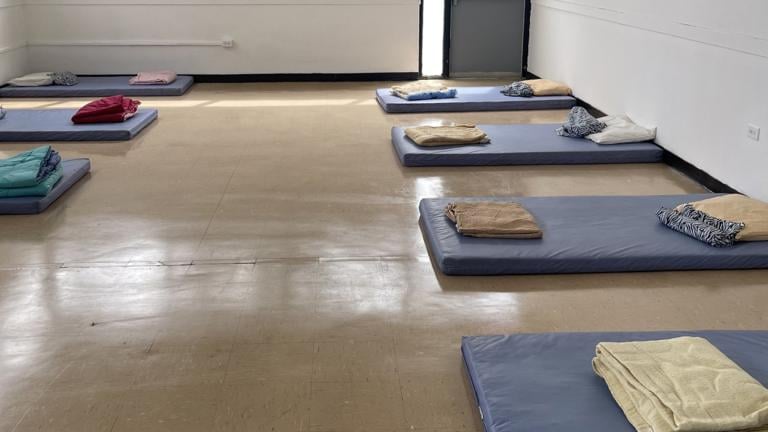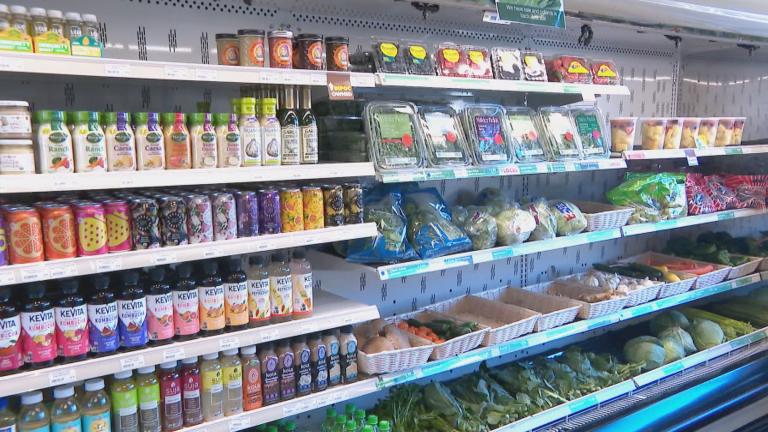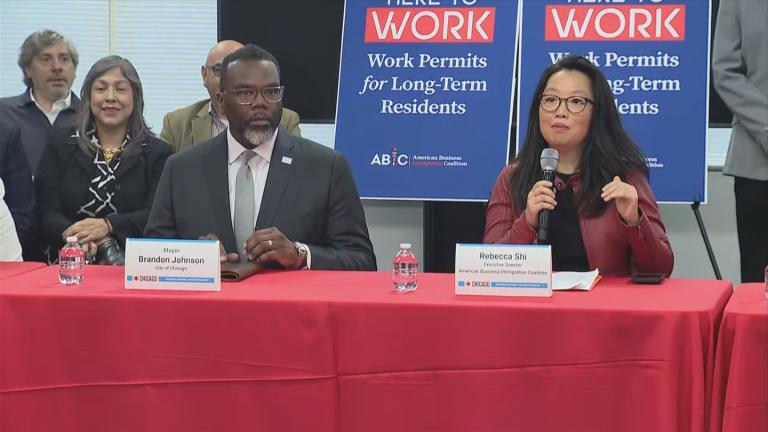It’s no secret that the American body is generally getting bigger — and that goes for kids, as well. But in Chicago's Latino communities, rates of childhood obesity are consistently higher than other in groups.
A 2020 analysis by the Chicago Department of Public Health (CDPH) shows Latino CPS students were significantly more likely to be overweight or obese than other demographics. Latino CPS kindergartners had an average overweight or obesity rate of nearly 39%; by ninth grade, the average rate climbed to almost 49%.
Being overweight or obese as a child is associated with a number of health complications, CDPH medical director Dr. Geraldine Luna said.
“It's associated with other co-morbid conditions that overall can lead to a reducing life expectancy when this child reaches adulthood,” Luna said. “We're talking about sleep apnea, early puberty, reflux, asthma, bone and joint problems. We're talking about inside — the mental problems related to bullying and stigma. Adult early onset Type 2 diabetes and adult obesity with other conditions, conditions like hypertension, heart diseases that we already know of and cancers associated with it.”
Dr. Alejandro Clavier, lead pediatrician at Esperanza at VIDA Pediatrics, said obesity in children is a “complex chronic disease.”
“There's definitely more and more known genetic factors, also physiologic factors, environmental factors and socioeconomic factors that play an important role in the development of overweight and obesity,” Clavier said. “There are things that we can kind of control, things that are completely out of our control.”
Clavier emphasized healthful eating habits as one thing parents can control to a degree.
“As an example, parents eating together as a family, modeling healthy feelings of half of the plate, fruits and vegetables on the table when you eat,” Clavier said. “One thing that could be that is associated also with obesity is increased consumption of sugary drinks, like sodas and juices. So, drinking water as opposed to sugary drinks … would be a significant shift that we could do at home to help our kids have a healthier weight. Talk about portion size. … Controlling screen time for our kids and being more outside will be very important. And try to avoid eating fast food and trying to eat at home.”
Time spent being active together is also a way to maintain kids’ health, Luna said.
“Children overall need to be physically active, and you can make it a family affair, like doing things together, swimming, walking your dog, washing the car, we can do that together,” Luna said. “Another important thing is consistent sleep routines. … Taking away those screens when they're sleeping improves not only the sleep quality but improves also grades at school.”








